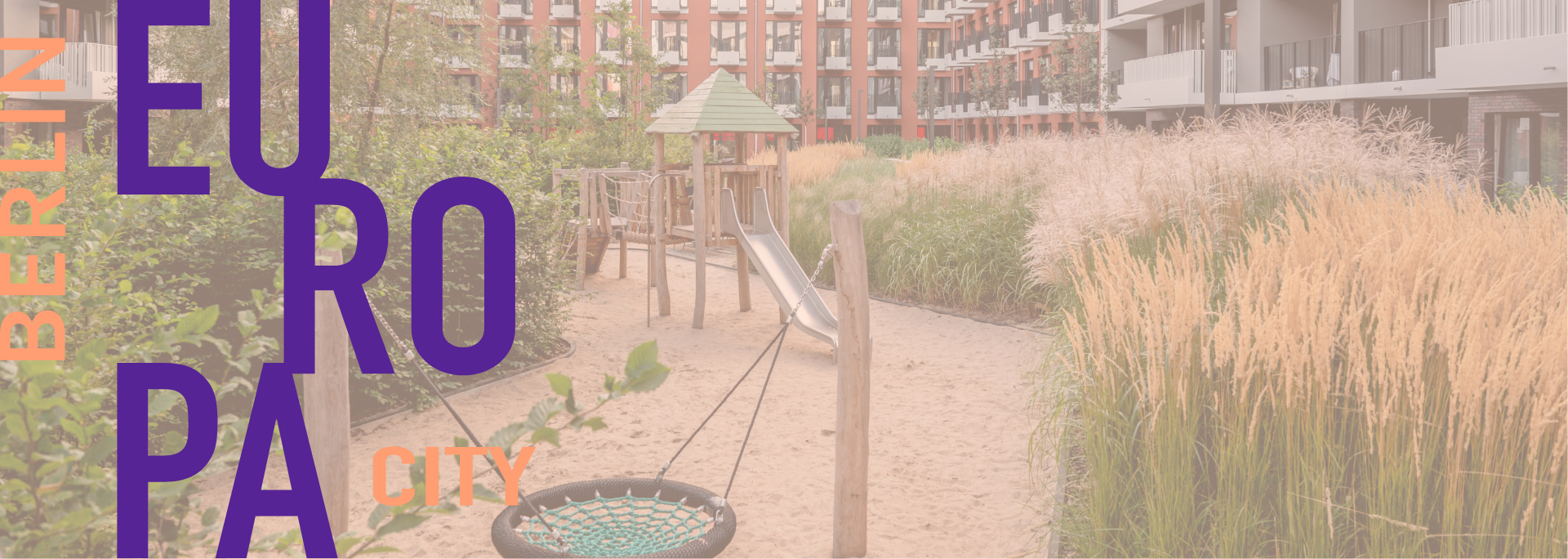Interview with Robert Kaltenbrunner – Public space is at the core of urbanity

Interview with Robert Kaltenbrunner, Head of the Department of Building and Housing at the Federal Office for Building and Regional Planning, and co-author of “The City of the Future”
Mr Kaltenbrunner, what qualities must an urban quarter offer to bring life to public spaces?
I think the question should be asked in reverse. How should public spaces be designed to make vibrant quarters possible? People tend to want identity-forming urban spaces, but it is difficult to plan them because they only emerge over time through a process of social appropriation. All you can do is make as many different types of space available as possible. And public space is at the core of urbanity.
Is it possible to create residential areas with that neighbourhood sense of place using modern architecture? To accomplish that, what would architects and developers have to consider?
Above all, the public needs to be involved in the planning process, i.e. what is wished-for or in demand at a particular location. Then there is the question of time. Urban areas must acquire a certain patina, the traces of everyday life, to be perceived as vibrant. The success of neighbourhood planning often only becomes apparent 20 or 30 years after the fact. Modern architecture is not the problem here, but the scale of urban planning, which often does not zoom down to the human level. An excessively uniform design can easily create rejection.
To what extent does the establishment of retail trade have an impact on the vitality of neighbourhoods?
In the long term, we must assume that retail trade will be less and less of a factor that makes our quarters more liveable. This must be taken into account when designing new neighbourhoods. To compensate for this, we should focus on other spatial configurations, like higher storeys, for example, to allow for greater flexibility of use. If we strengthen the level of participation, we can move away from simply designating a zone for retail and offices over here, and then one for public use with cultural or social activities over there. Allowing the public to decide for themselves how they want to make use of public space is essential.
Public space is at the core of urbanity
When talking about the city of the future, it is hard to avoid the term smart city. What significance do digital innovations have for the city of the future?
We cannot stop technological development. What is more, the COVID-19 pandemic has accelerated digital participation for everybody. On the positive side, digitisation is driving new forms of business, such as smart car-sharing schemes in mobility. However, the term smart city may also imply that cities are only seen as opportunities to exploit consumer data, turning them into megamarkets. We need a socially responsible approach to the opportunities and risks of digitisation.
Regarding the subject of mobility, where are cities headed?
It is not a question of being for or against the motor vehicle. That’s not helpful. We need mobility strategies that are integrated. We can certainly build on the hipness factor that e-scooters and sharing services, for instance, are currently enjoying. The next step could be a travel card that covers all these different modes of transport, including the traditional public transport system and provides flat rate offers, for example.
